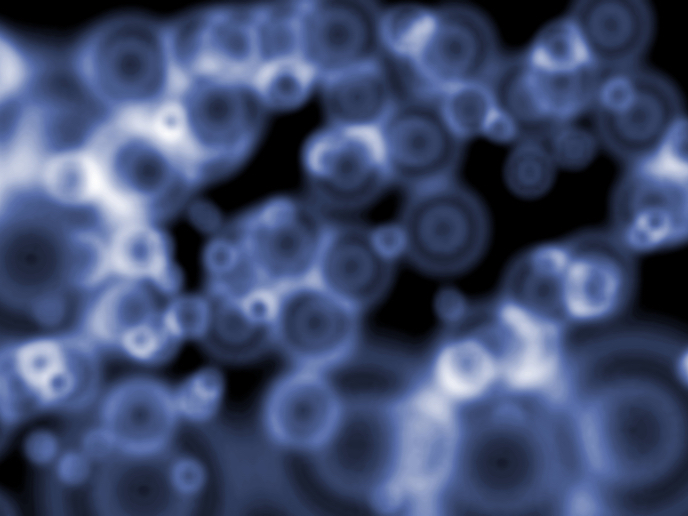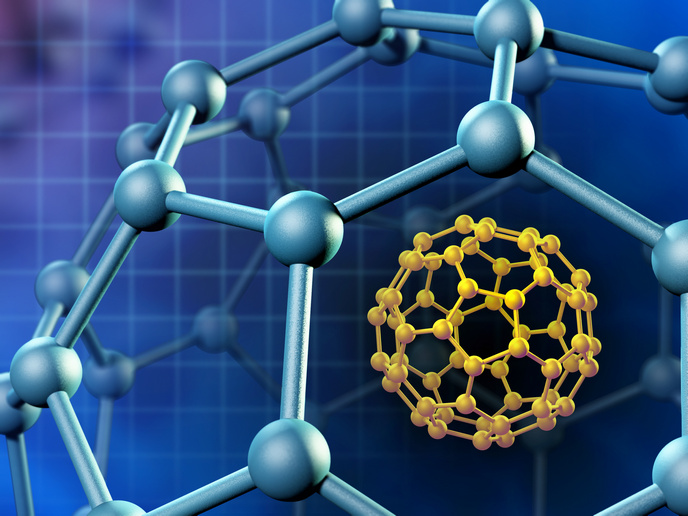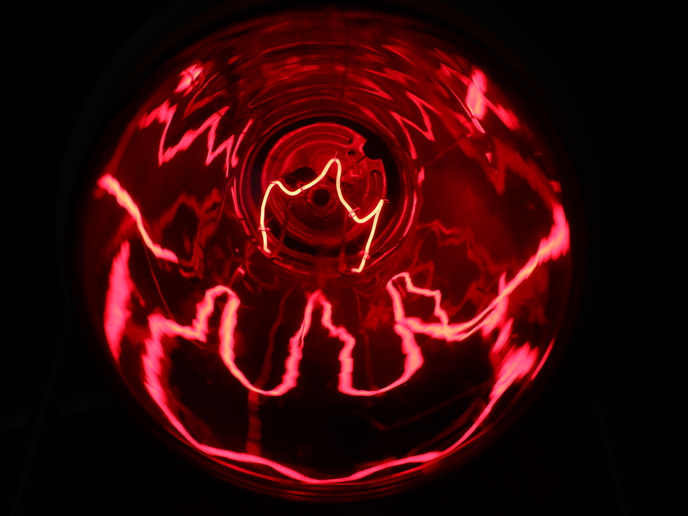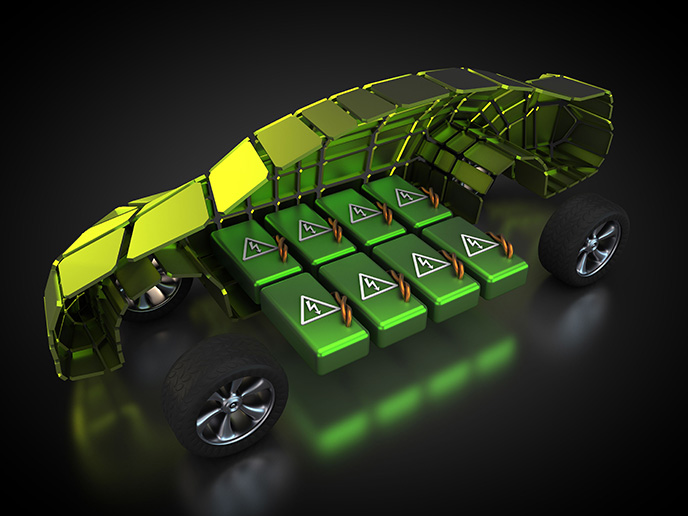Ultracold neutral atoms helped overcome the long-standing challenge of building quantum systems
The quantum technology race is on. In October, the EU kick-started its quantum technologies flagship, a EUR 1 billion initiative funding over 5 000 researchers for the next 10 years. The US Congress, on the other hand, had just responded with its own USD 1.2 billion-worth quantum technologies bill as we were writing these lines. Granted, the first quantum computer prototypes already exist, but many obstacles remain even in fundamental research, one of them being the need for increased precision in individual qubit manipulation and interactions. The QuantuM-nano project aimed to solve this problem by focusing on ultracold neutral atoms – thereby distancing itself from the most common approach of quantum computing using superconducting circuits. “Ultracold neutral atoms have several attractive properties. For example, all atoms of a given species are intrinsically identical, which is a strong asset when using them as qubits,” says Prof. Jakob Reichel of Laboratoire Kastler Brossel in Paris, coordinator of the project. “Neutral atoms can also be very well isolated from the outside world: they are typically trapped by electromagnetic fields inside a vacuum chamber, which helps preserve their quantum behaviour. They are also relatively easy to handle thanks to the astounding progress of atomic physics and laser technology over the past few decades. Finally, their absence of electric charge is an asset when trying to scale the systems up by trapping many atoms within a small volume.” Whilst the value of ultracold atoms for quantum simulations had already been investigated and acknowledged, QuantuM-nano stands out with a novel approach consisting in building chains of atomic qubits. Each atomic qubit is confined in an individual optical trap while empty trapping sites are all eliminated, resulting in chains 100 % free of defects. This, in turn, allows for aligning atoms in a perfectly regular order. “From thereon, we started exploring two methods to make the qubits interact: dipolar interactions and coherent exchange of photons in a cavity,” explains Dr Sylvain Schwartz, now at Laboratoire Kastler Brossel, who worked at Harvard for two years as part of the project. The project’s breakthroughs have enabled the creation of a large programmable quantum simulator with up to 51 atoms, with what Dr Schwartz qualifies as an unprecedented degree of control. “With this platform, we could: explore the phase diagram of an Ising Hamiltonian; study the dynamics of various quantum phase transitions; and prepare two-atom entangled states based on Rydberg interactions with the highest fidelity reported so far – over 97 %,” he says. In the future, Prof Reichel hopes these platforms will be used to implement quantum optimisation algorithms – where a hard-to-solve problem on a classical computer is encoded into a quantum system in such a way that the system naturally evolves towards the desired solution – even though much work is still needed. “Combined with optical cavities, these systems could also serve to create metrologically useful quantum states that would push the limits of state-of-the-art atomic clocks, which in turn could find applications in geodesy or for testing some fundamental laws of physics that are still questioned,” he explains. The consortium now intends to extend their research from monovalent atoms with a relatively simple structure, such as rubidium, to divalent atoms like strontium – which are expected to be used in tomorrow’s atomic clocks.







